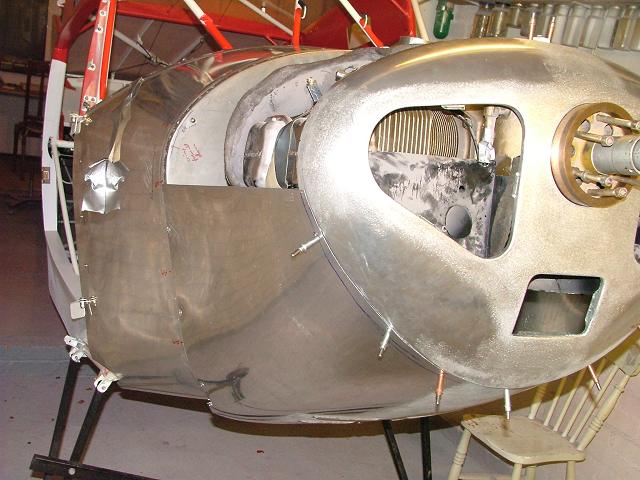I'm planning on rebuilding the lower cowl on my '46 BC-12D prior to selling it. Does anyone out there know off the top of their head what specific material is used so I can get it ordered for my A&P? Thickness, Alloy?? I'm not near the plane right now, so I can't look to see if it's stamped on there anywhere.
Thanks in advance.
BTW... If anyone is interested in buying a '46 BC-12D that's hangared in Arkansas, let me know.
Thanks in advance.
BTW... If anyone is interested in buying a '46 BC-12D that's hangared in Arkansas, let me know.



Comment